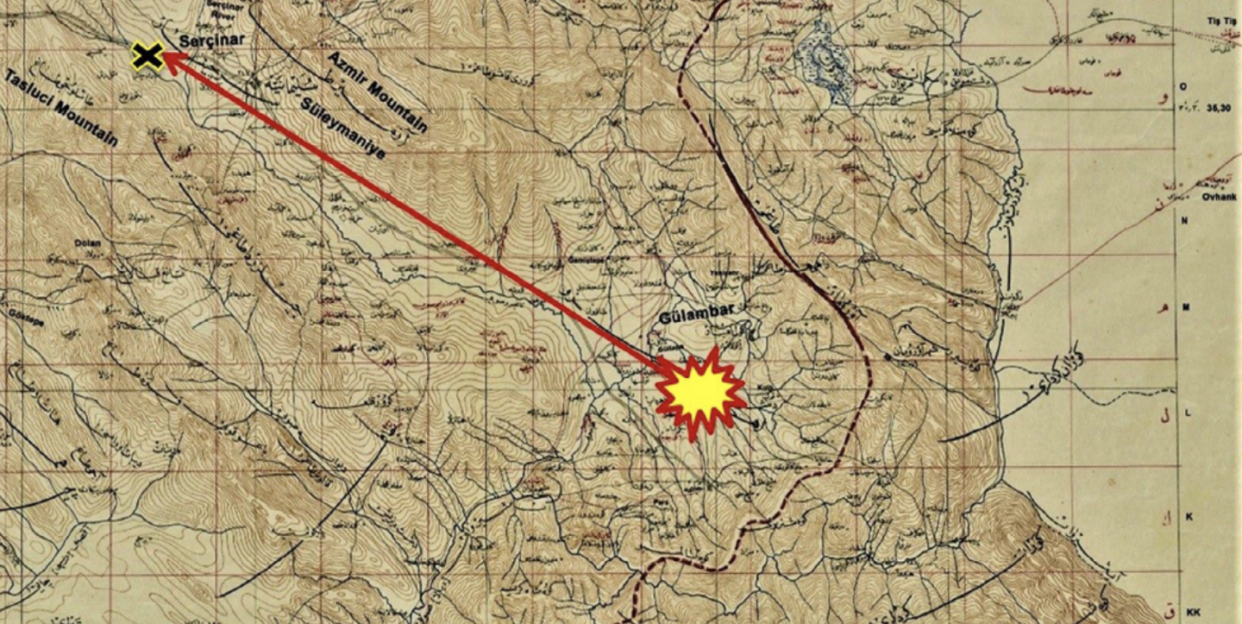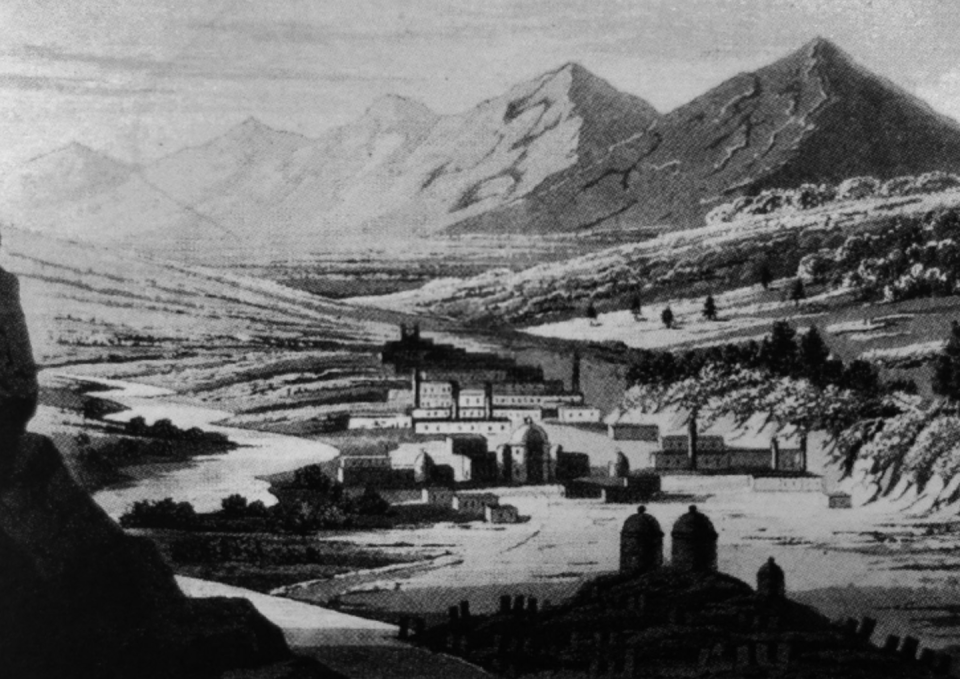Man Killed by Falling Meteorite (in 1888)

Researchers say they've confirmed the first and only known death by falling meteorite—in 1888.
Meteor showers happen all the time, but very few meteorites strike Earth and even fewer are verified.
The records of this meteorite strike were written in a difficult, arcane form of the Turkish language.
Determined researchers have found what they say is the first confirmed evidence from the historical record of a human being killed by a falling meteorite. The documentation had been hiding in plain sight in an ornate, elite form of Turkish that’s hard to translate. The researchers say this represents a step forward in the study and translation of the historic record in order to corroborate with the scientific record.
“Well-documented stories of meteorite-caused injury or death are rare,” NASA explains. “In the first known case of an extraterrestrial object to have injured a human being in the U.S., Ann Hodges of Sylacauga, Alabama, was severely bruised by a 8-pound (3.6-kilogram) stony meteorite that crashed through her roof in November 1954.”
That tidbit will change if NASA validates the claims of corresponding author Ozan Ünsalan and his colleagues. Ünsalan is an eclectic physicist, and his two coauthors are a Turkish academic historian and a meteor astronomer from SETI’s Carl Sagan Center. SETI, the Search for Extraterrestrial Intelligence, operates the Cameras for Allsky Meteor Surveillance (CAMS) network.
Monitoring meteorites has always been part of SETI’s mission. By combining historical information about meteorites and translation skills, these researchers say they’ve verified a reported death by meteorite that happened in 1888. Ideally, they’d also have a physical rock that can be studied to show it is from outer space.
But they don’t have that rock, which represents a potentially big sticking point. They do, however, have three independent accounts of the events from local governments, and witnesses saw the meteor shower while it rained fiery rocks on one village for up to 10 minutes. One man was killed, according to the reports, and another was struck and paralyzed.
Science Alert cites a decades-old paper about the difficulty of verifying deaths from meteorites, which comes in multiple forms. First is “the lack of material evidence that the missiles involved in the accidents were genuinely meteoric,” the paper explains. Today, that would be pretty straightforward with the help of laser spectrometry or an electron microscope, which would quickly rule out, yes, “meteor-wrongs.” (It’s in the Name Hall of Fame next to “incidentaloma.”)
But three matching reports from different officials is pretty compelling. Why did it take so long for these accounts to come to light? Well, they’re written in the official language of the Ottoman Empire at the time, Ottoman Turkish, which uses a complex alphabet based on Persian Arabic. Back then, common people usually spoke traditional Turkish, creating a duality between that and formal Ottoman Turkish.

This isn’t unique—languages like Latin had formal and informal versions, and Mandarin Chinese and Cantonese Chinese share a written version, but are spoken differently. As Ottoman Turkish researcher Eleazar Birnbaum wrote in a 1967 paper, the language is unique for how long it took scholars to transliterate the outmoded alphabet. Turkey switched to the Roman alphabet in the 1920s. “It was the literary vehicle of one of the world’s greatest empires, an empire which was literate in the three greatest literary languages of the Islamic World,” Birnbaum explained.

Today, there's an official Library of Congress romanization plan for Ottoman Turkish. But these things still take time and rely on research interest. Ünsalan and colleagues worked using a grant from the Scientific and Technological Research Council of Turkey. With their financial help, Turkey now has the distinction of the first known meteorite death—in history or today.
You Might Also Like

 Yahoo News
Yahoo News 
